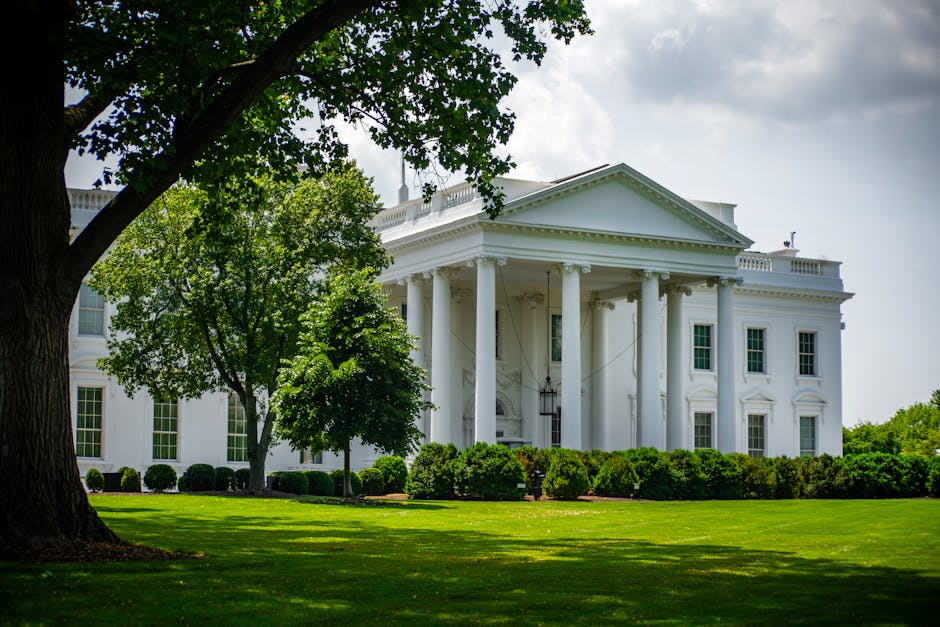Background and Context
The highly anticipated summit between US President Donald Trump and Russian President Vladimir Putin took place in Anchorage, Alaska, on Friday, August 15, 2025. The meeting comes at a critical juncture in the ongoing conflict in Ukraine, which has been embroiled in a war with Russia for over three and a half years.
Pre-Summit Developments
In the days leading up to the summit, there were significant developments on the ground in Ukraine. Russian troops had been making incremental gains along the frontline, and Ukrainian President Volodymyr Zelenskyy had been vocal about the need for a lasting peace. Zelenskyy outlined firm conditions for a "real peace," including the immediate cessation of killings, the release of all Ukrainian prisoners of war and civilians, and the withdrawal of Russian forces from Ukrainian territory.
The Summit and Its Outcomes
The Alaska summit was the latest in a series of diplomatic efforts to resolve the Ukraine conflict. President Trump, who had previously vowed to end the war in Ukraine within 24 hours of taking office, has been under pressure to take a firm stance against Russia. However, in his public statements following the summit, Trump indicated that he no longer plans to impose economic sanctions on Russia, citing the productive nature of the talks.
Reactions from Key Players
The outcome of the summit has been met with mixed reactions from key players. Ukrainian President Zelenskyy, who is set to meet with President Trump in Washington, DC, on Monday, August 19, has expressed skepticism about the prospects for a lasting peace. > "A real peace must be achieved, one that will be lasting, not just another pause between Russian invasions," Zelenskyy wrote on social media.
Senator Richard Blumenthal (D-Conn.) criticized the summit, saying that Putin had manipulated Trump and that the only way to convince Russia to stop its aggression is through strength. > "Putin doesn't want a deal. He doesn't want peace. And the only way to convince him to stop this diplomatic rope-a-dope, playing the President, delaying any kind of ceasefire, is through strength," Blumenthal said on CNN's AC360.
Implications and Next Steps
The summit has significant implications for the ongoing conflict in Ukraine and the broader geopolitical landscape. The decision by President Trump not to impose economic sanctions on Russia has been seen as a concession to Putin, who had been seeking to avoid severe consequences for Russia's actions in Ukraine. The meeting has also raised questions about the future of Ukraine's relationship with NATO and the European Union, with Western European leaders reaffirming their commitment to arming Ukraine and seeking to bring it into NATO.
European Response
In response to the summit, European NATO states have issued a statement backing US President Trump's diplomatic push to end the Ukraine conflict while also reaffirming their intention to further arm Ukraine. The leaders of France, Germany, Italy, and the UK have emphasized the need for a lasting peace and the importance of Ukraine's sovereignty and territorial integrity.
Conclusion
The Alaska summit between President Trump and President Putin has significant implications for the ongoing conflict in Ukraine and the broader geopolitical landscape. While the meeting has been characterized as productive, it remains to be seen whether the two leaders can achieve a lasting peace that addresses the concerns of all parties involved.
